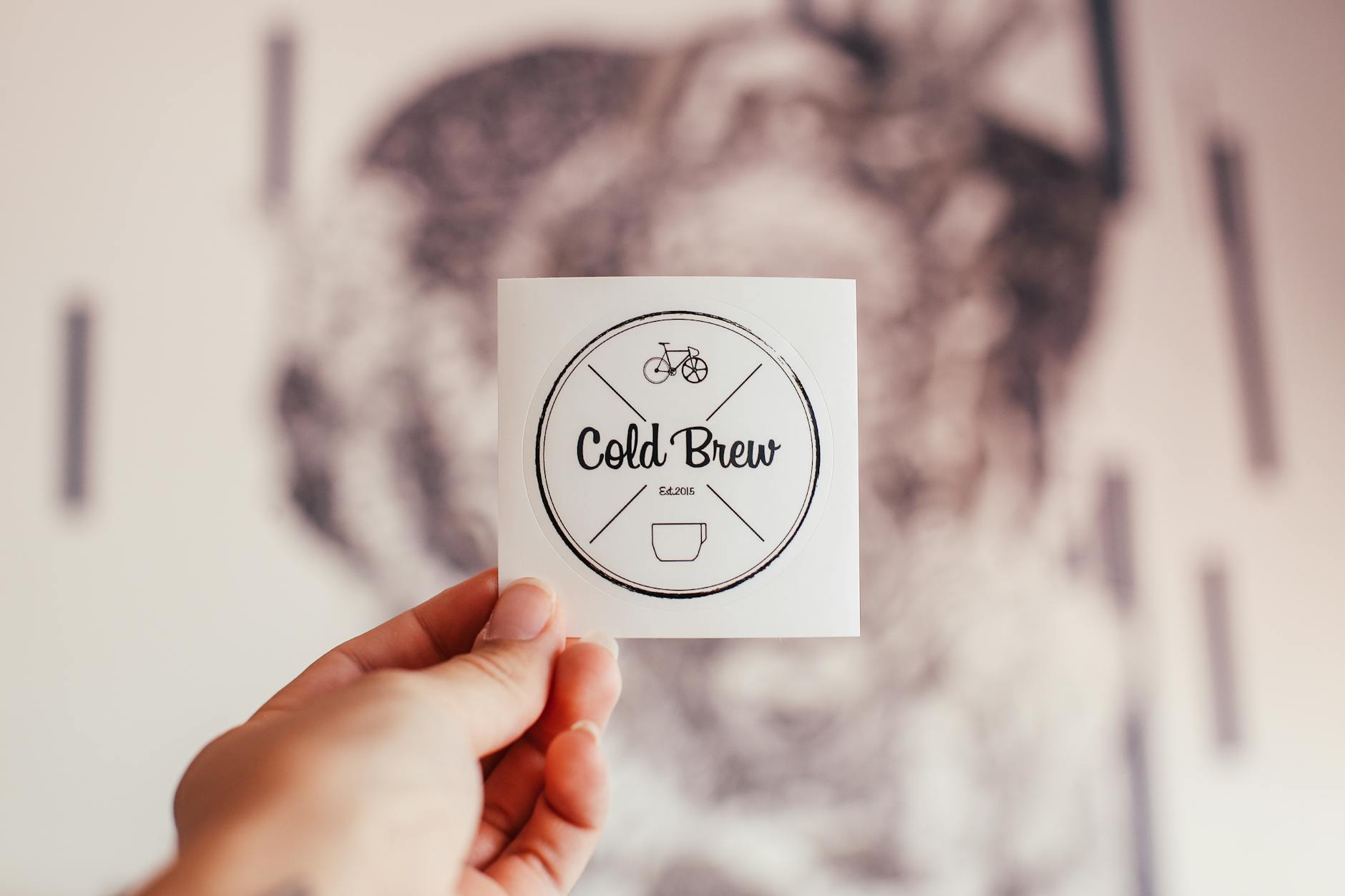Discover how to safeguard your design creations legally and effectively with this comprehensive guide on design registration secrets unveiled.
Table of Contents
A design is a unique creation that sets your product apart from the competition. Whether it’s the shape of a bottle, the layout of a website, or the pattern on clothing, protecting your design is essential in today’s competitive market. Design registration is a legal process that provides you with exclusive rights to your design, preventing others from using it without your permission.
Design Registration
Design registration involves filing an application with the appropriate government authority to secure protection for your design. In India, the Design Act, 2000 governs the registration of designs. The process typically includes the following steps:
- Preparing and filing an application
- Examination by the Design Office
- Publication in the Official Journal
- Grant of registration
Once your design is registered, you have the exclusive right to use it for a specific period, typically 10 years, renewable for additional periods.
Importance of Design Registration
Registering your design offers several benefits, including:
TRADEMARK
- Legal Protection: Design registration provides you with legal recourse against infringers who use your design without permission.
- Market Advantage: An exclusive design can set your product apart from competitors, attracting more customers.
- Monetary Value: Registered designs can have economic value and can be licensed or sold for profit.
- First, you need to determine if your design is eligible for registration. The design must be new and original, not previously published or disclosed.
- Next, prepare the necessary documents, including drawings or photographs of the design, along with a statement detailing the novelty and originality of the design.
- File an application with the Design Office, paying the required fees.
- The Design Office will examine the application to ensure it meets the necessary requirements. If approved, the design will be published in the Official Journal.
- After a period for objections, if there are no challenges, the design will be registered, and you will receive a certificate of registration.
Process for Registering Designs
The process for registering designs in India involves the following steps:
| Topic | Description |
|---|---|
| What is design registration? | Learn about the importance and benefits of registering your designs. |
| Why should I register my designs? | Understand the legal protection and advantages of design registration. |
| How do I register my designs? | Step-by-step guide on the process of registering your designs. |
| Costs and timeframes | Information on fees, costs, and the time it takes to register a design. |
| Case studies | Real-world examples of successful design registrations and their impact. |
Conclusion
Design registration is a crucial step in protecting your creations and ensuring your competitive edge in the market. By following the proper procedures and understanding the benefits of registration, you can safeguard your designs and reap the rewards of your creativity. Remember to consult with legal experts or trademark attorneys for guidance on the design registration process in India.
Can I register multiple designs at once?
Yes, you can file a single application for multiple designs, as long as they belong to the same class of goods.
How long does design registration protect my creations?
Answer 2:
Design registration typically provides protection for 10 years, renewable for further periods.
Can I change my design after registration?
Answer 3:
No, any changes to the design may require a new registration to protect the modified version.
Question 4:
What happens if someone infringes on my registered design?
Answer 4:
If someone infringes on your design, you have legal recourse to take action against them for using your design without permission.

